
(Photo/Courtesy of the Southwestern Institute of Physics)
A new breakthrough has been made in the scientific research of the new generation of "artificial sun" in China with its HL-2M plasma current exceeding 1 million amperes, creating a new record for the operation of controllable nuclear fusion device in the country, the Global Times learned from Southwestern Institute of Physics under the state-owned China National Nuclear Corporation (CNNC) on Thursday.
Scientists said it marks an important step forward in nuclear fusion research and development and fusion ignition in China.
Zhong Wulyu, deputy director of the Center of Fusion Science under the Southwestern Institute of Physics, told the Global Times that a new generation of "artificial sun" is the largest scale and highest capability parameters of magnetic confinement fusion experiment device in China, which uses the advanced structure and control mode that could increase the plasma current capacity to more than 2.5 million amps, increase plasma ion temperature to 150 million degrees.
"The core components of the device are designed and manufactured in China. It is an important device to realize the leapfrog development of nuclear fusion energy development in China. It is also an indispensable platform for China to digest and absorb the international thermonuclear experimental reactor (ITER) technology, one of the largest international cooperation projects," Zhong said.
The latest breakthrough means that the device can be routinely operated under a plasma current of more than 1 million amperes in the future, carrying out cutting-edge scientific research, which is of great significance for China's participation in the ITER experiment and independent design and operation of fusion reactor.
In 2006, China, the European Union, the US, Russia, Japan, South Korea and India signed an agreement on the launch of the ITER project. It is one of the largest and most far-reaching international scientific projects in the world and the largest international scientific and technological cooperation project that China participates in as an equal.
While contributing to the ITER project, Zhong believes that by deepening international cooperation and exchanges, China is also learning from the existing successful experience in the design, construction and operation of the international controlled fusion experimental device to strengthen its shortcomings.








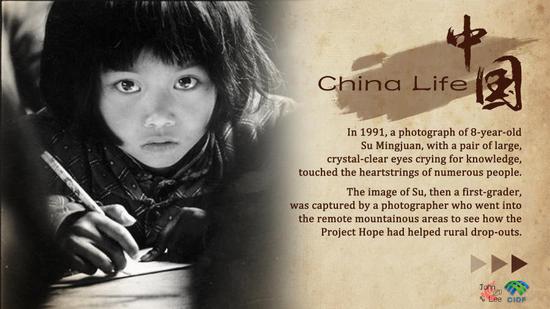
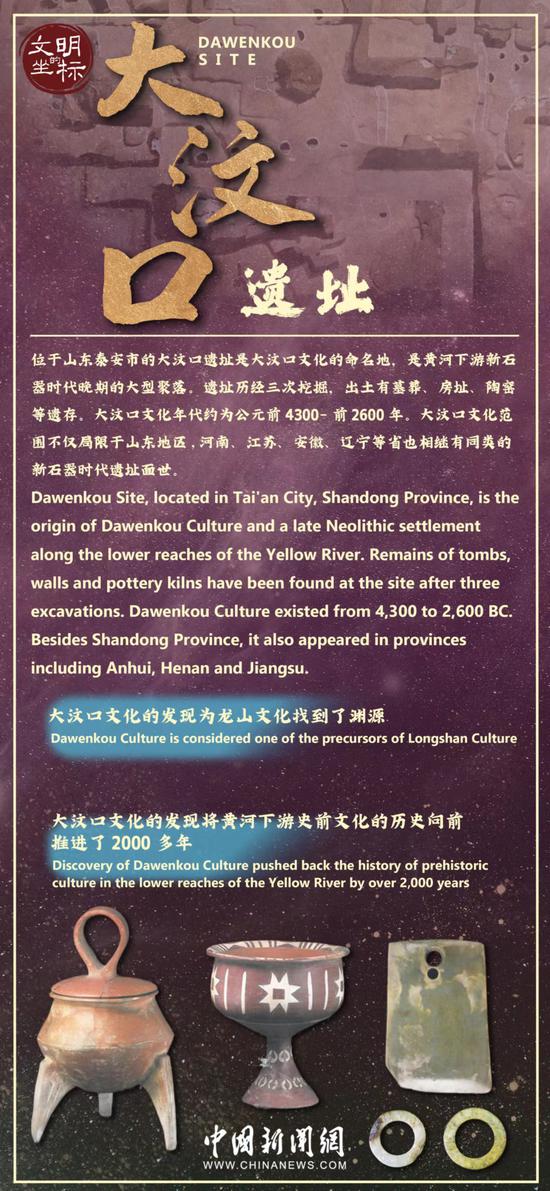

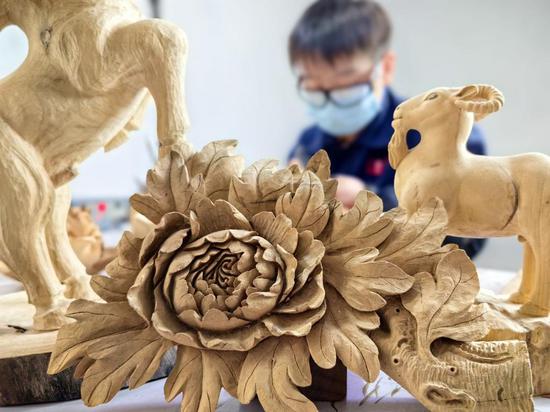



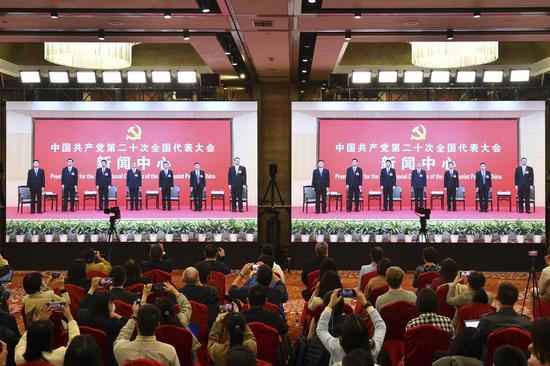


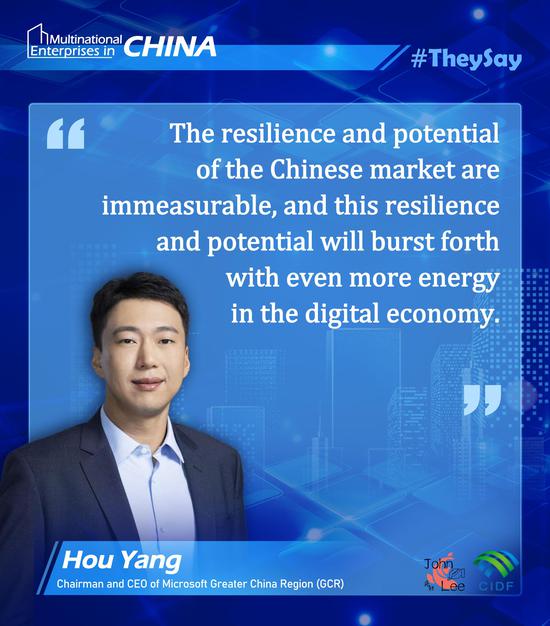




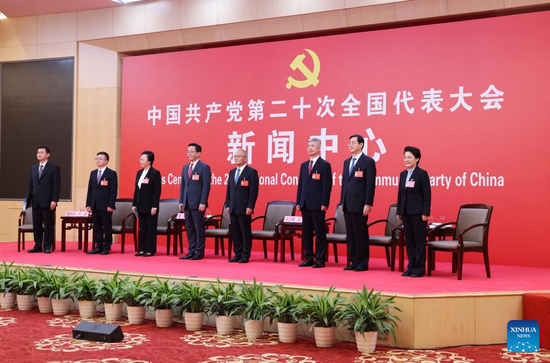
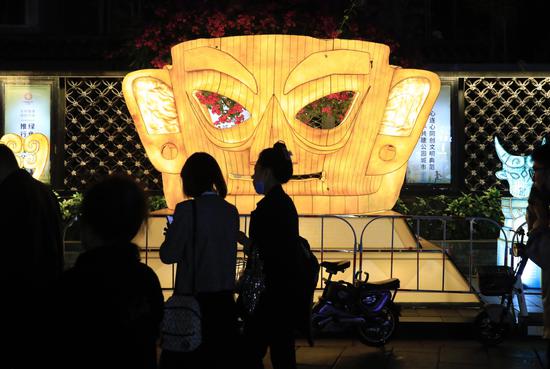


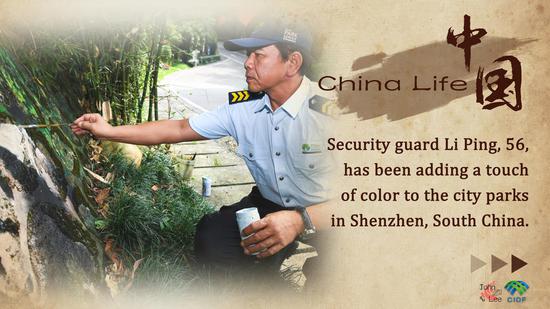





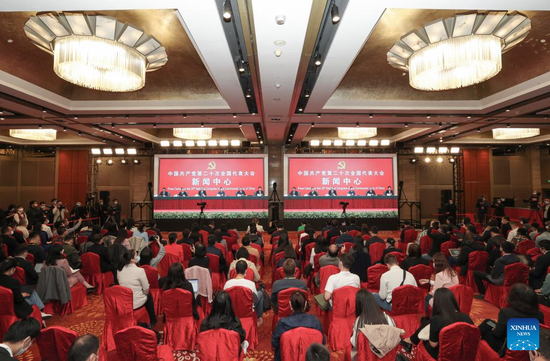
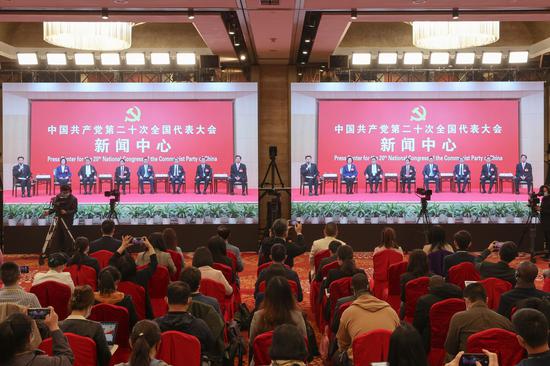
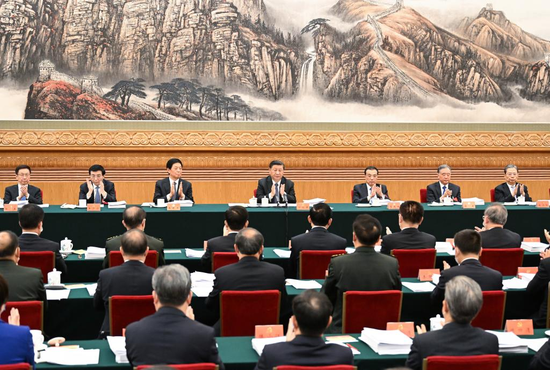
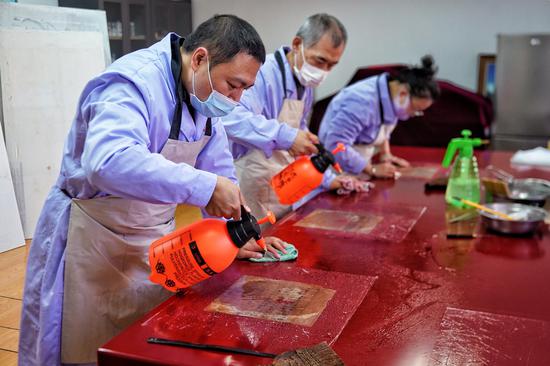




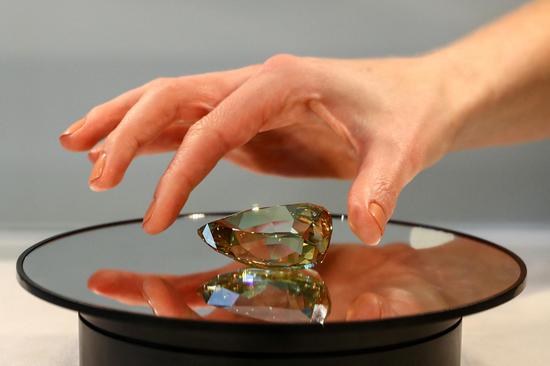
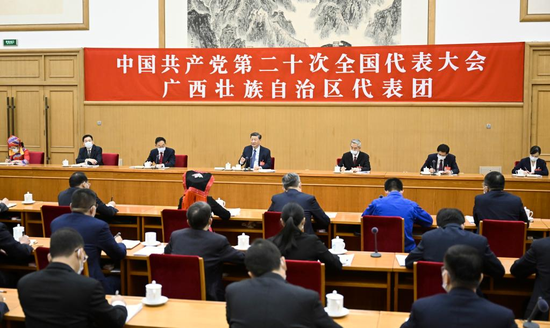







 京公网安备 11010202009201号
京公网安备 11010202009201号